A Short Preview (Login to Access the Full Interview):
Theme: The Crime Wave Is Not Over
Interview: Local Investing with Michael H. Shuman
Take Action
Please login to see stories, charts, and subscriber-only content.Not a subscriber yet? You are invited to join here!



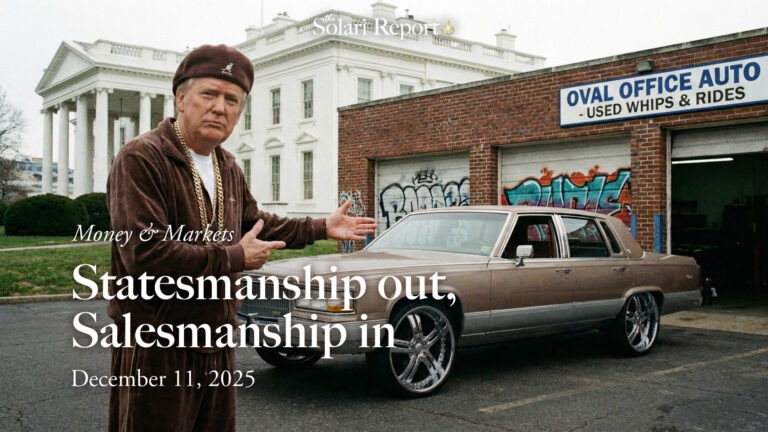
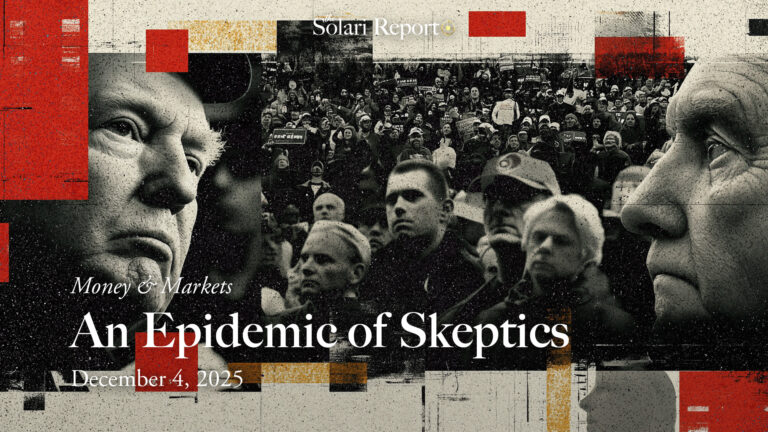

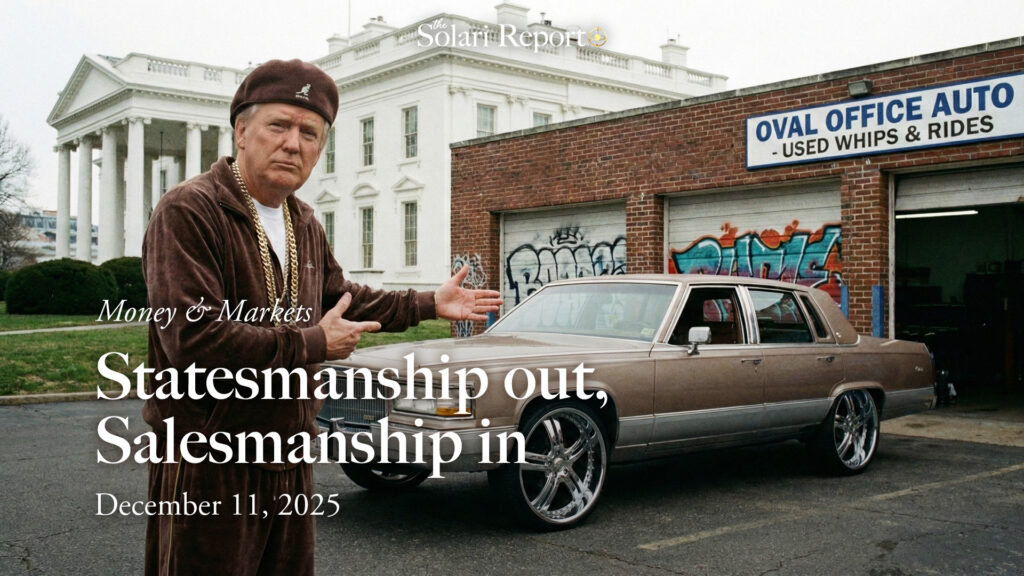
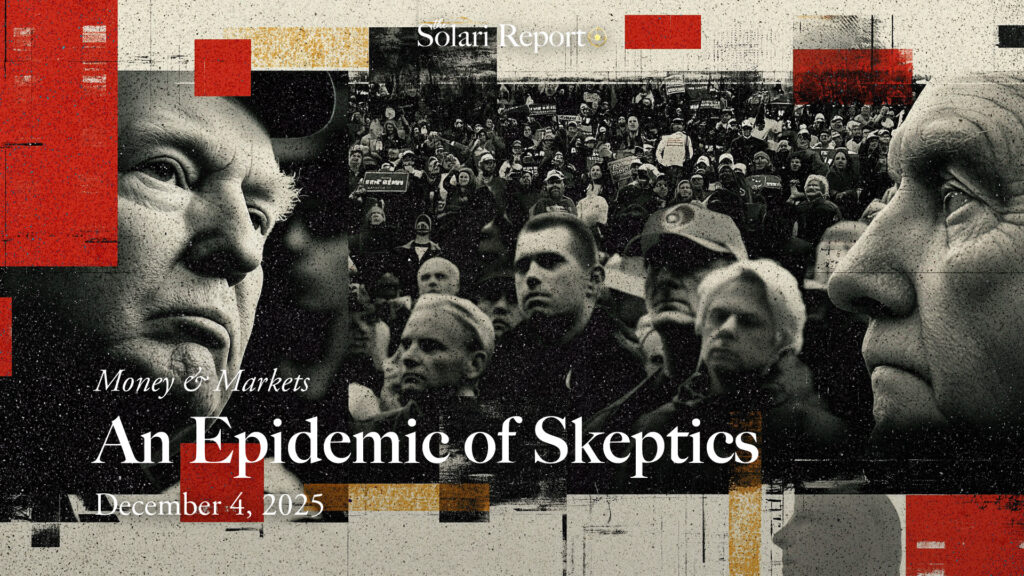


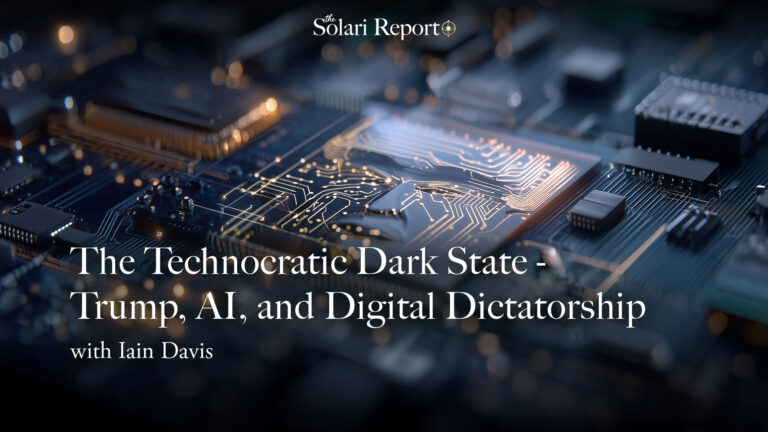


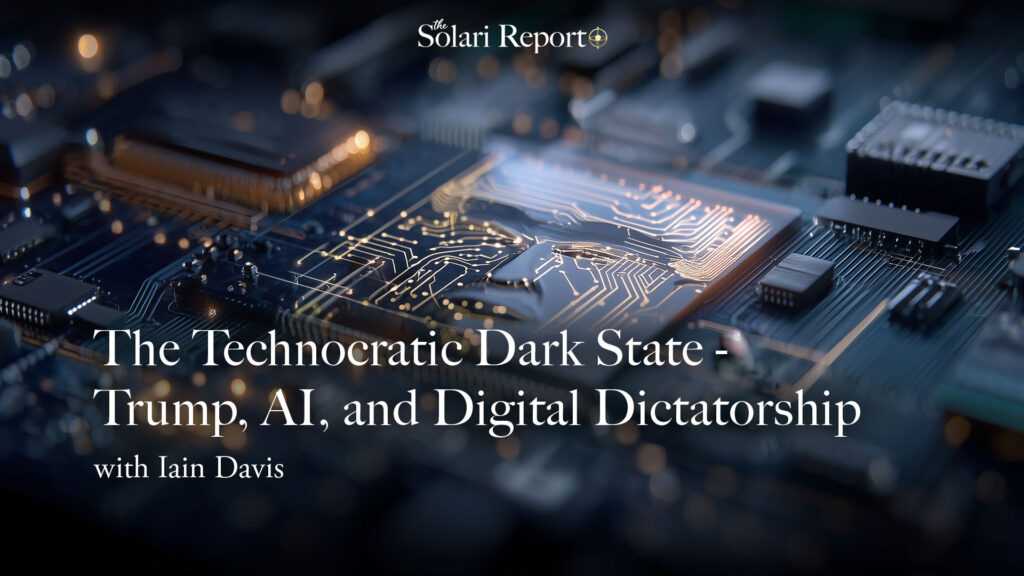

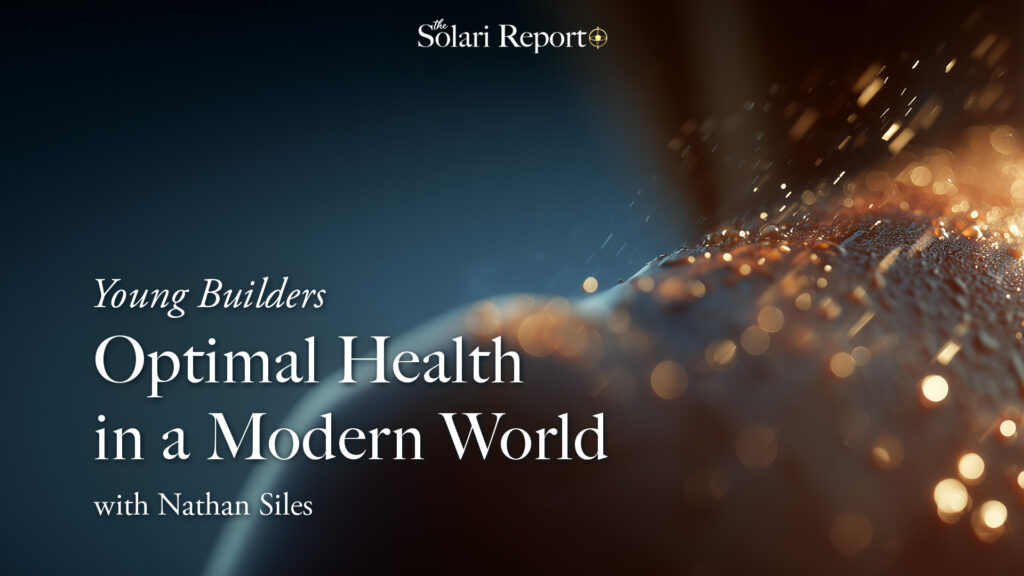
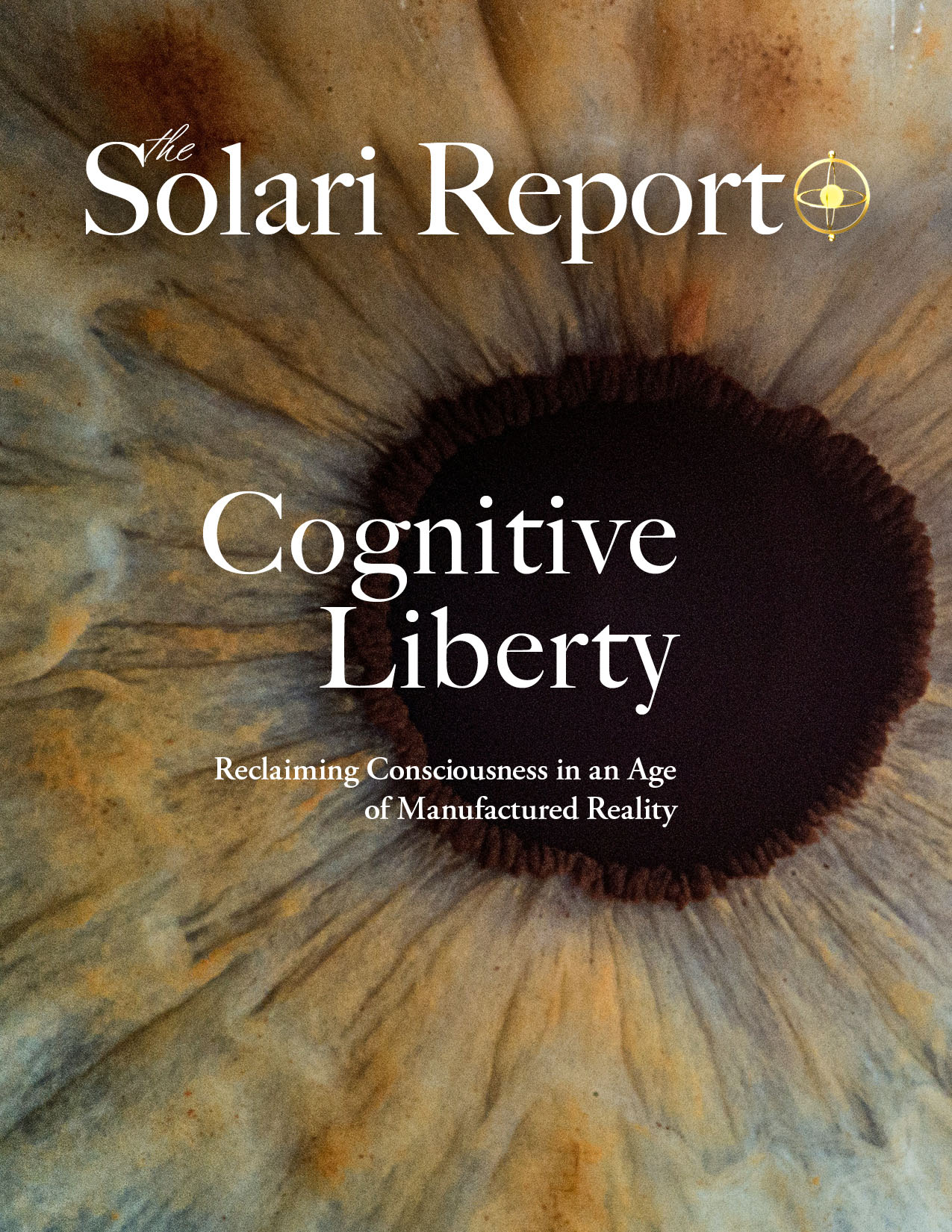



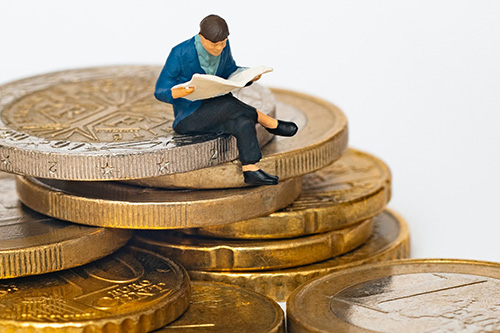
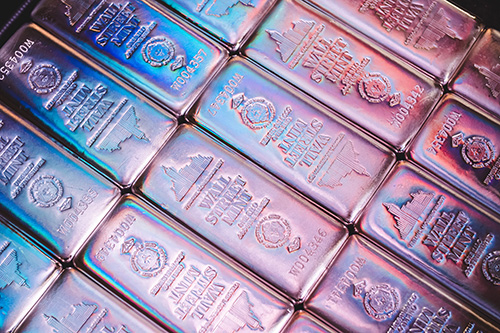












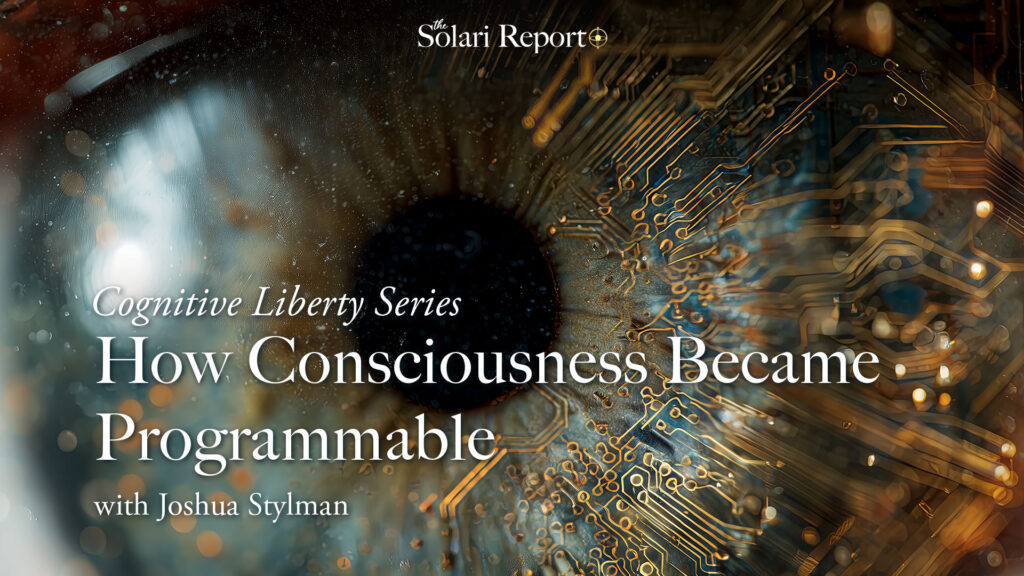
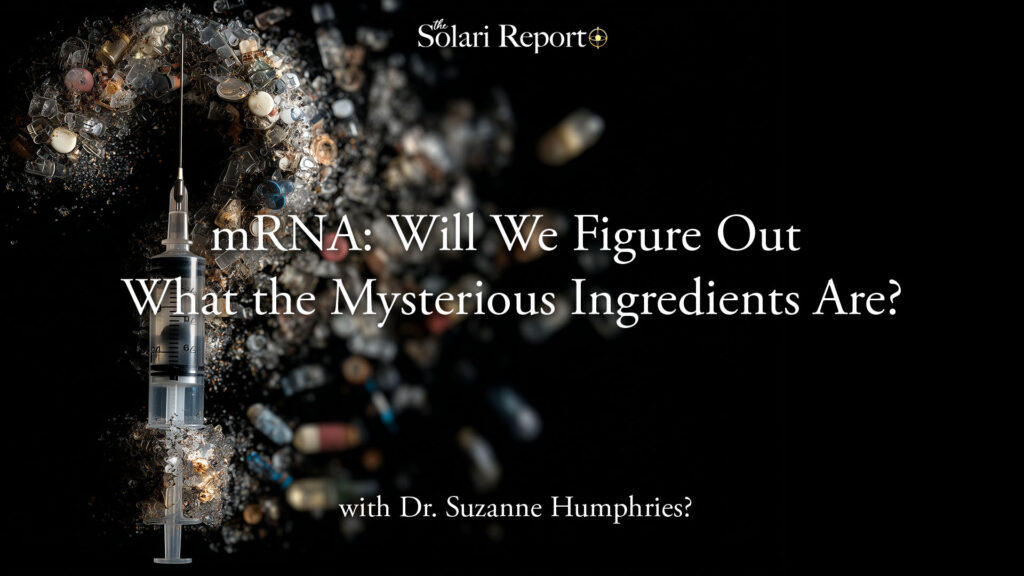
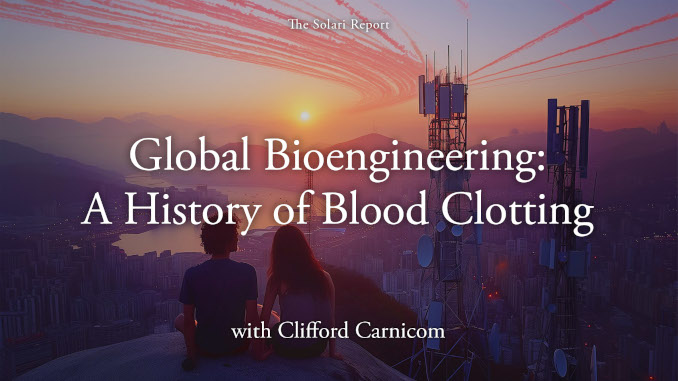
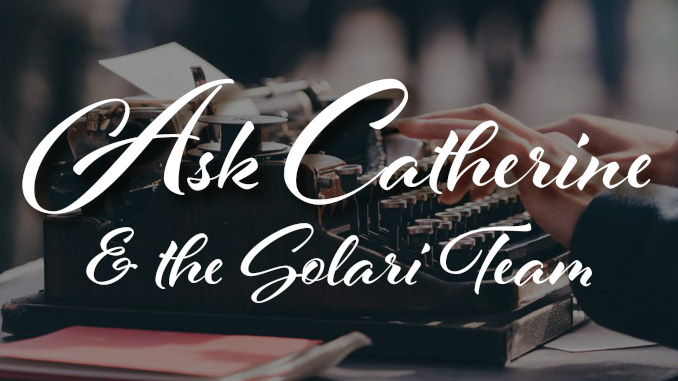
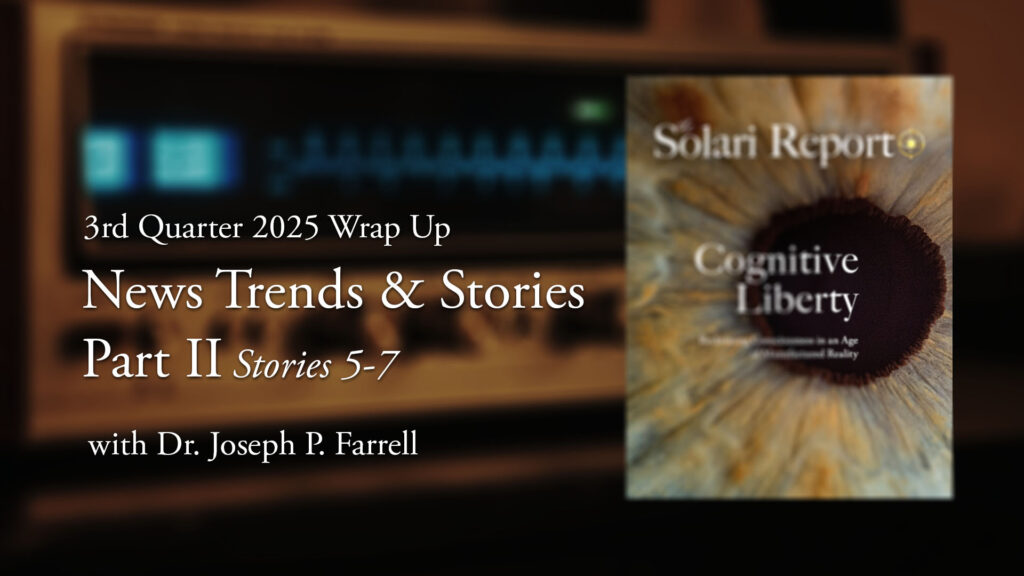
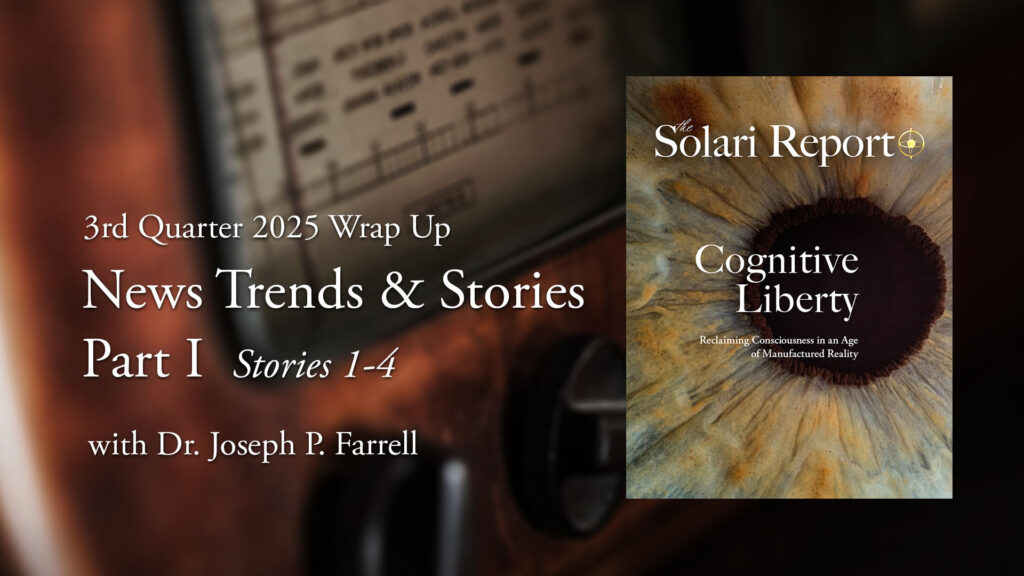
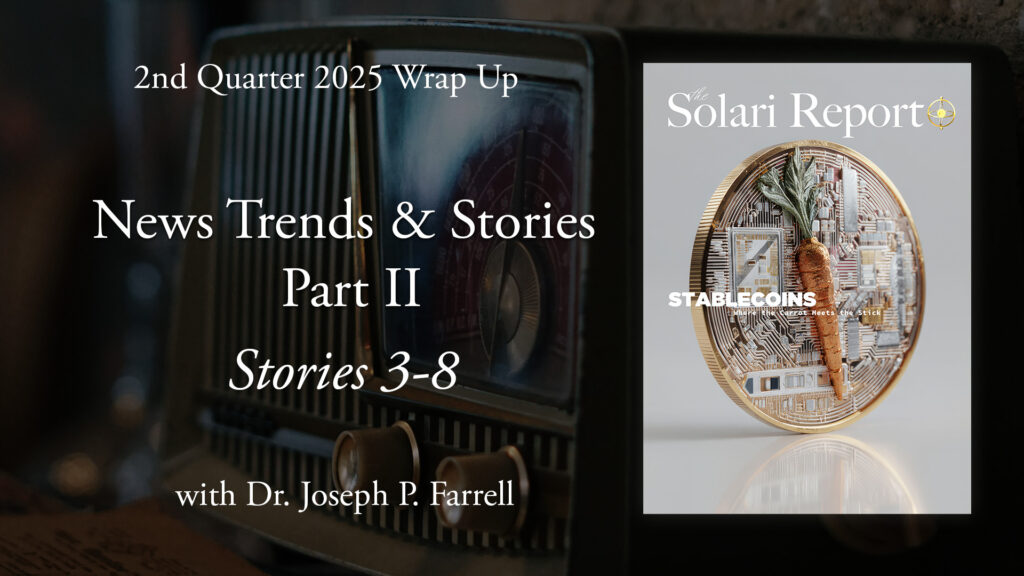
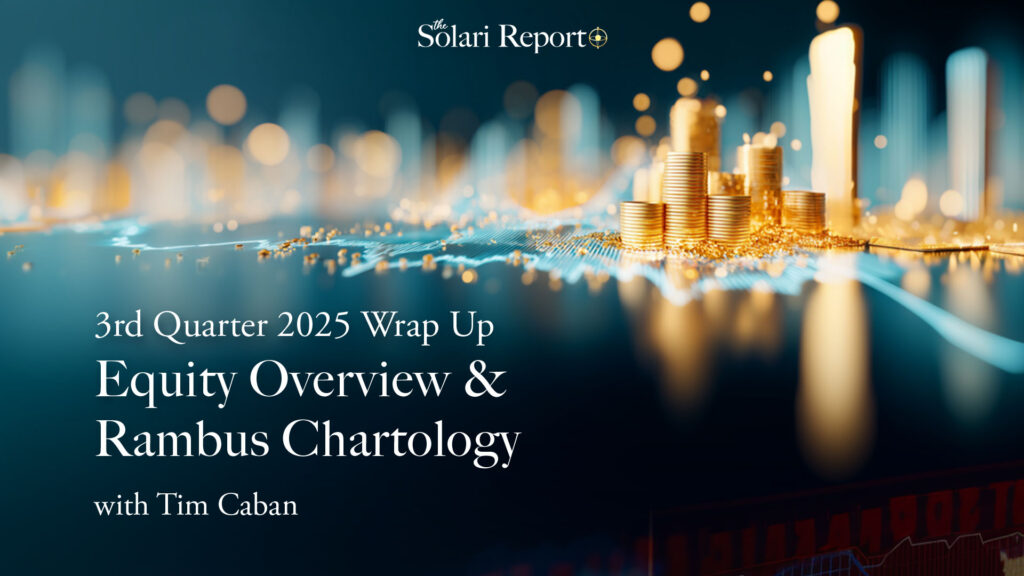

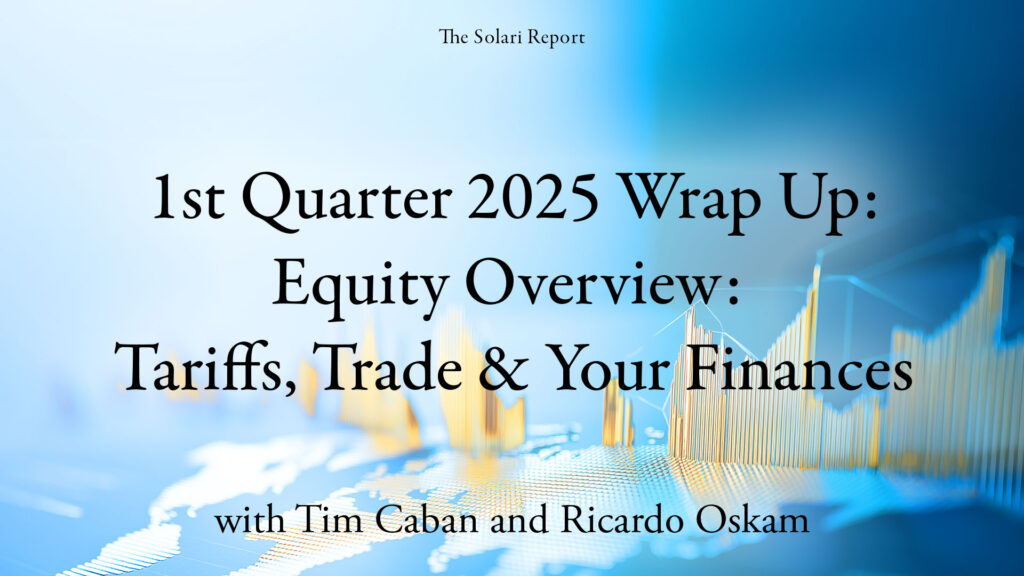
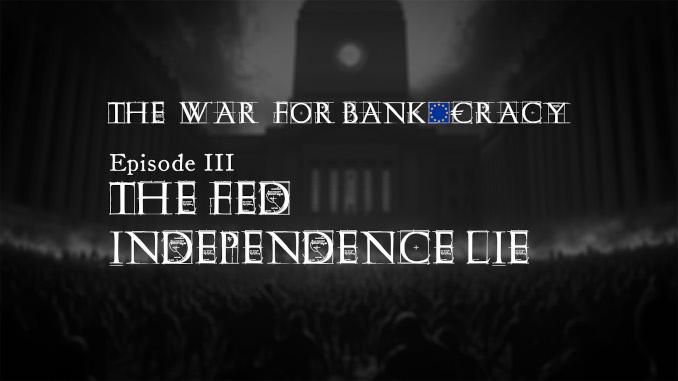
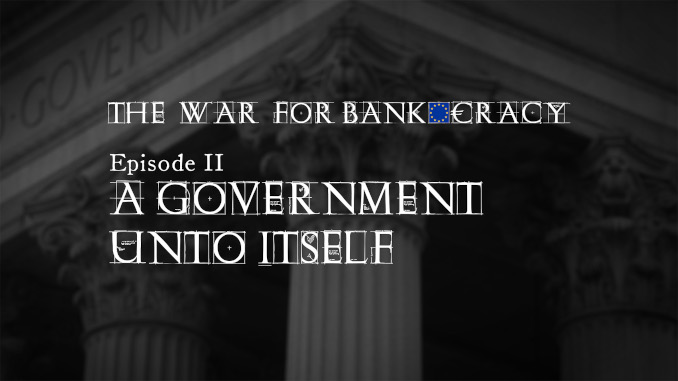

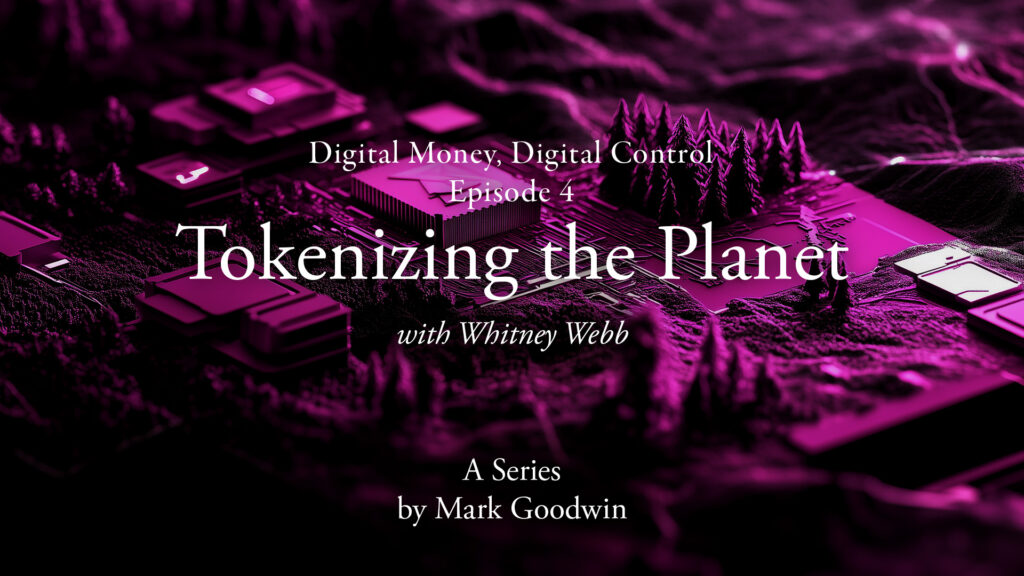
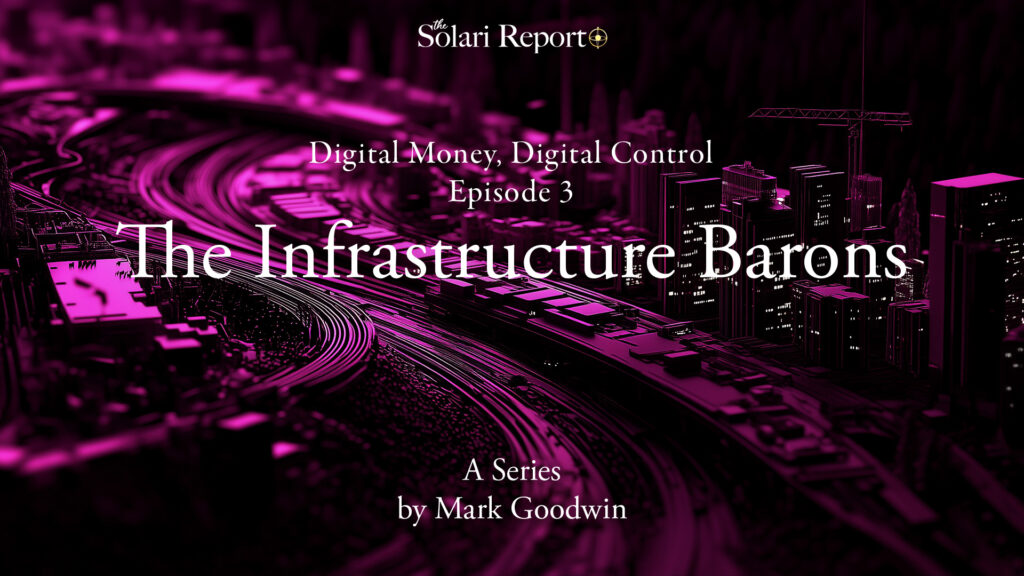
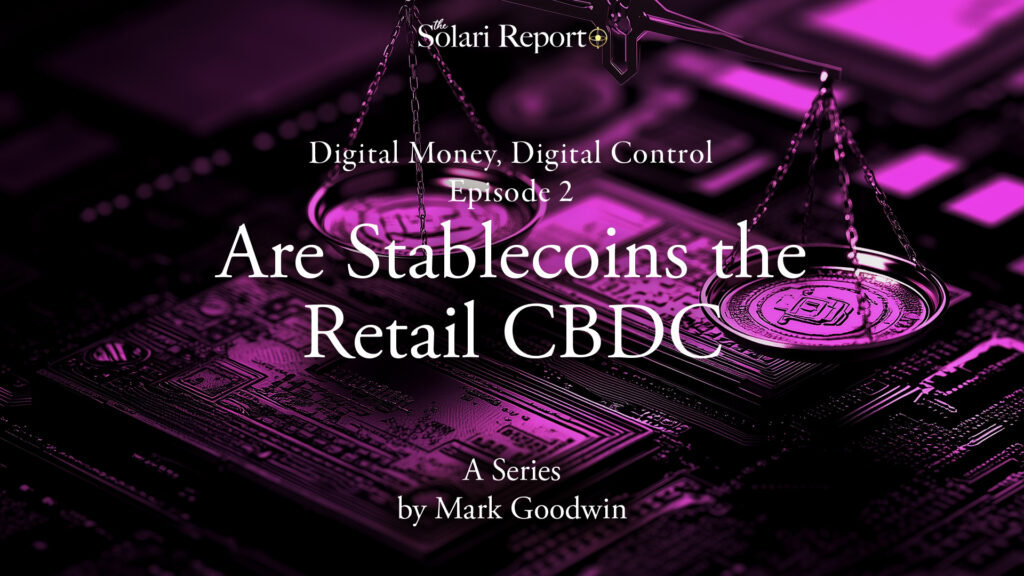
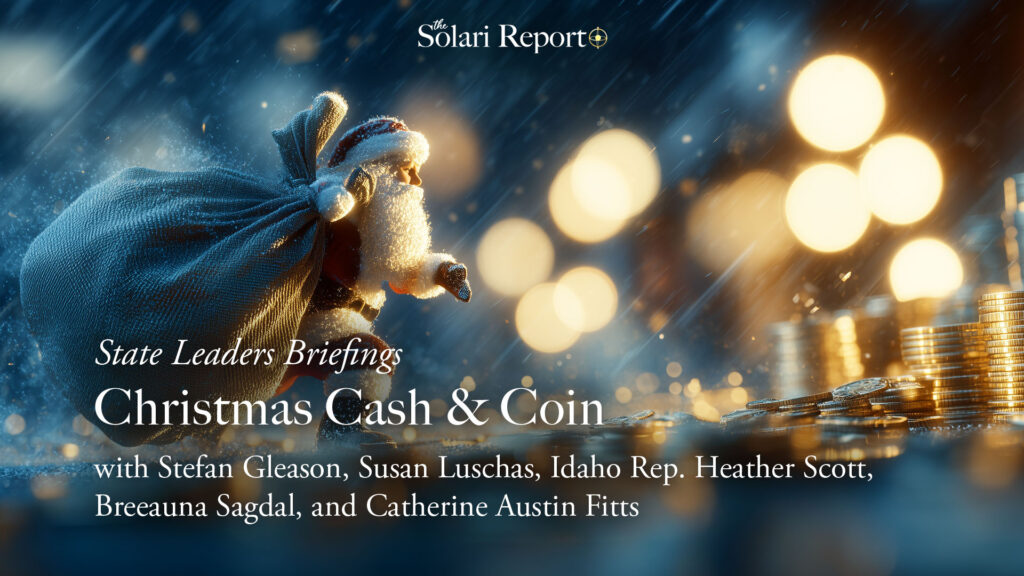
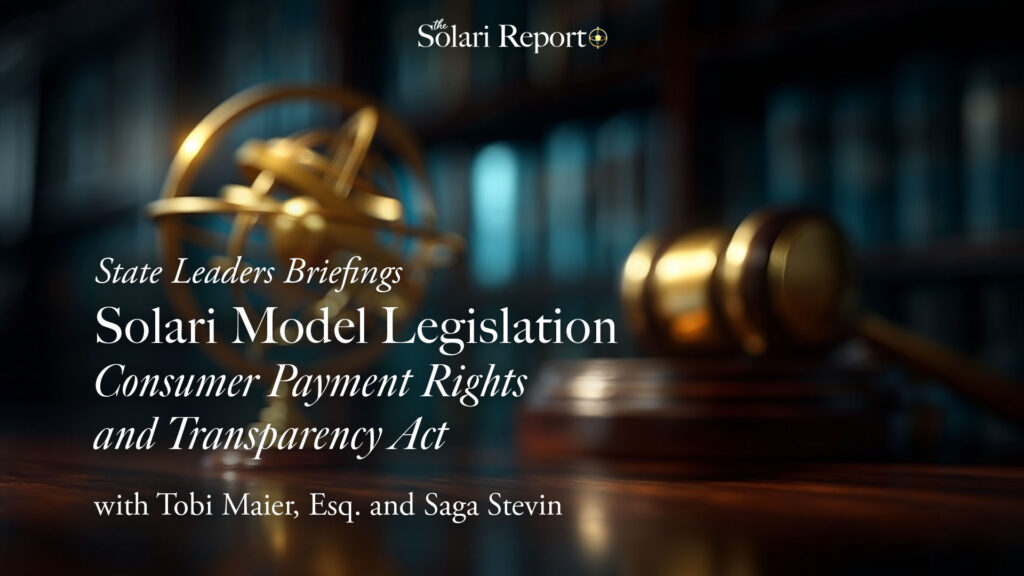
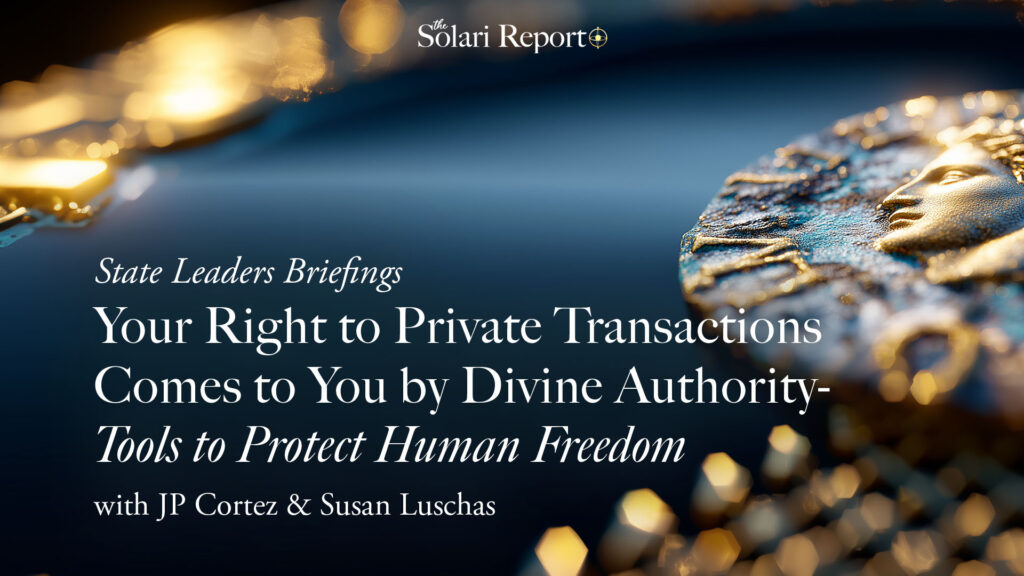
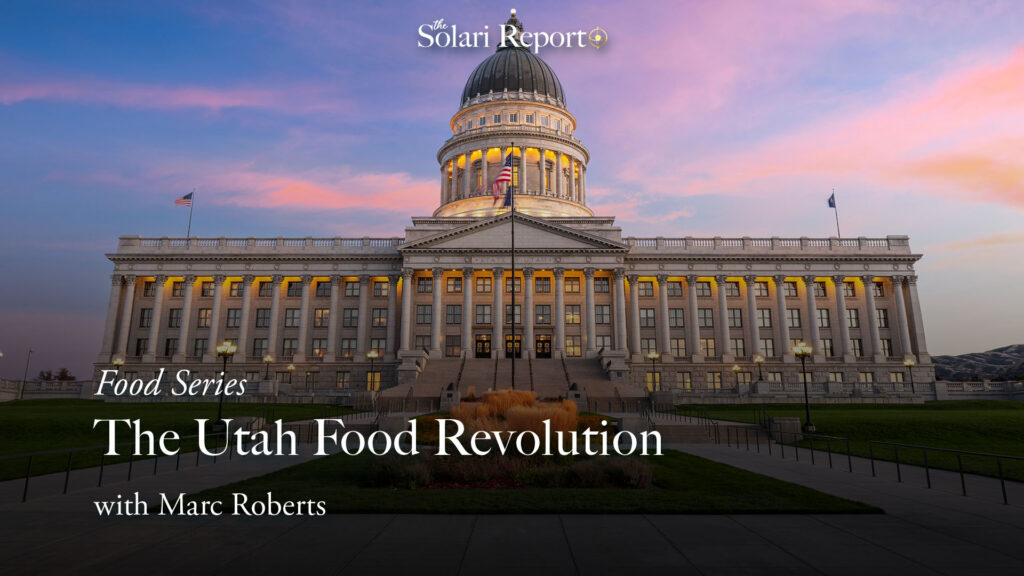

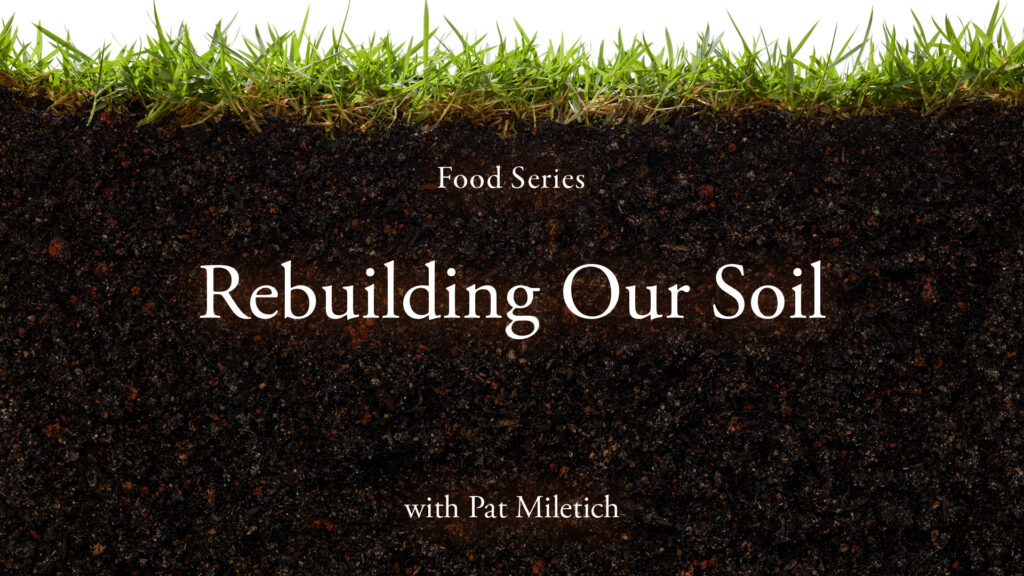



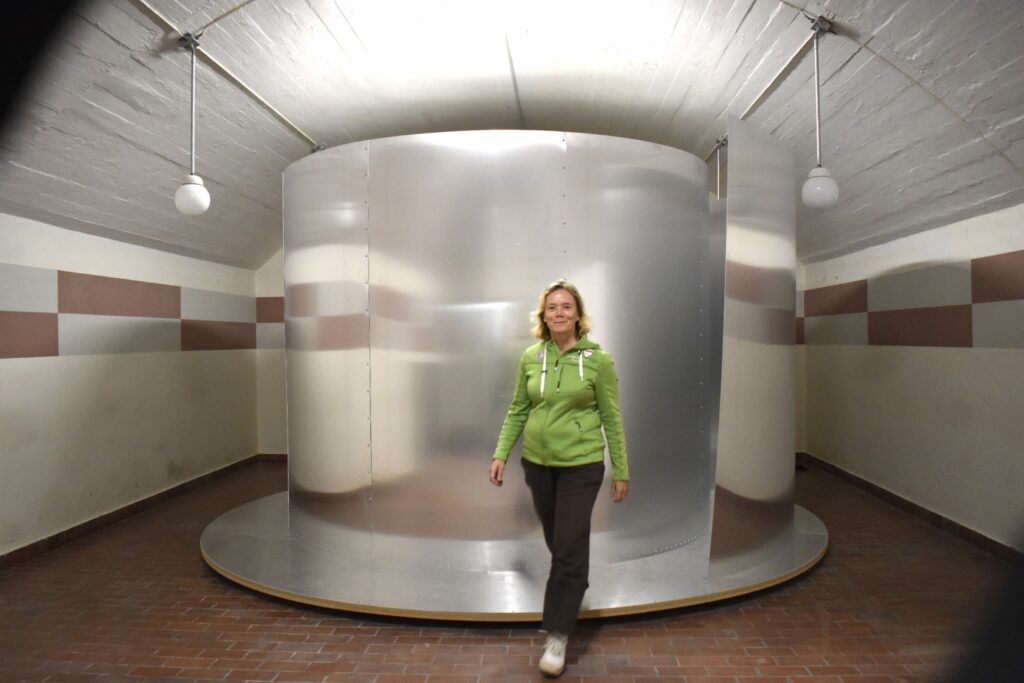



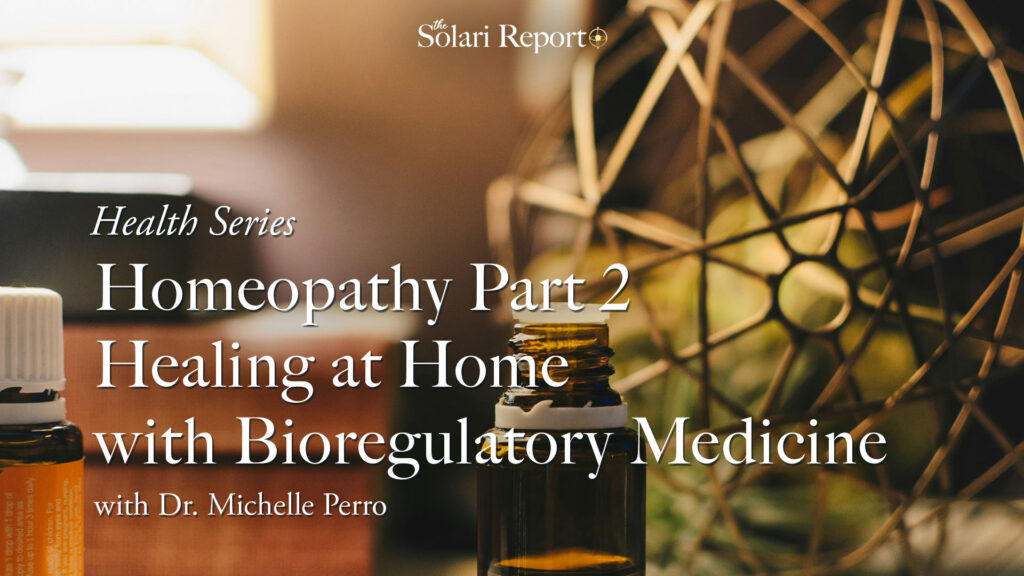
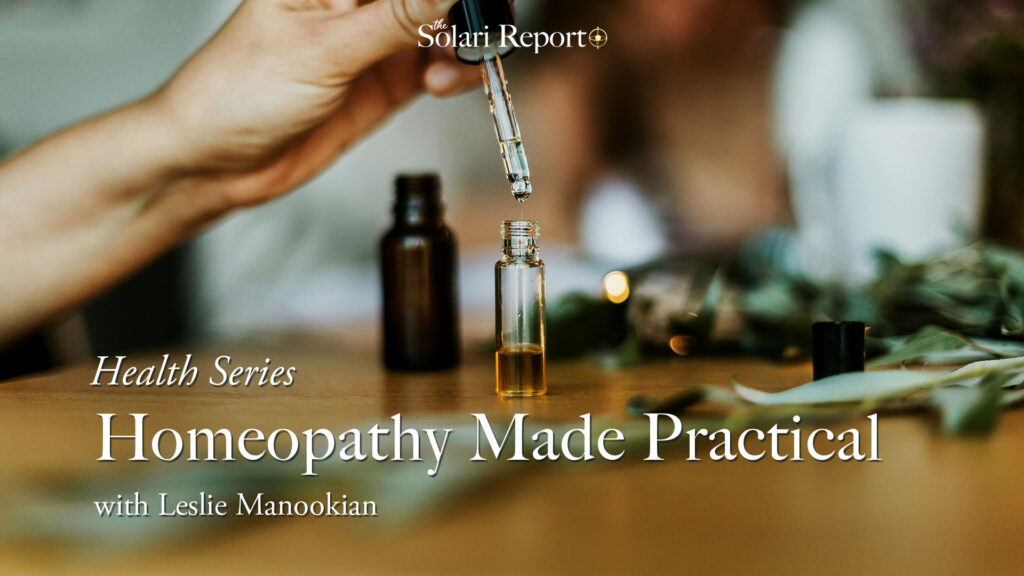
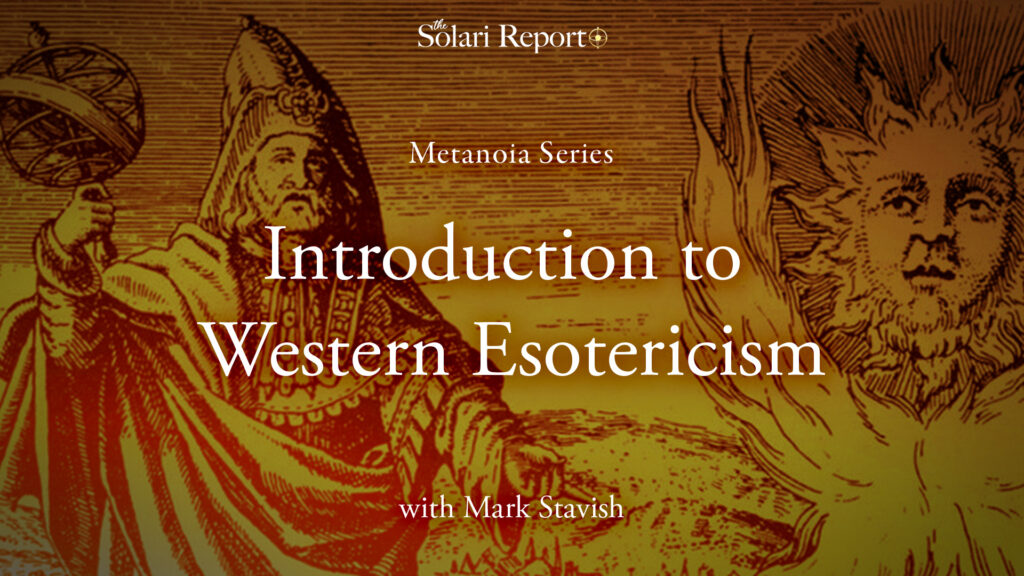
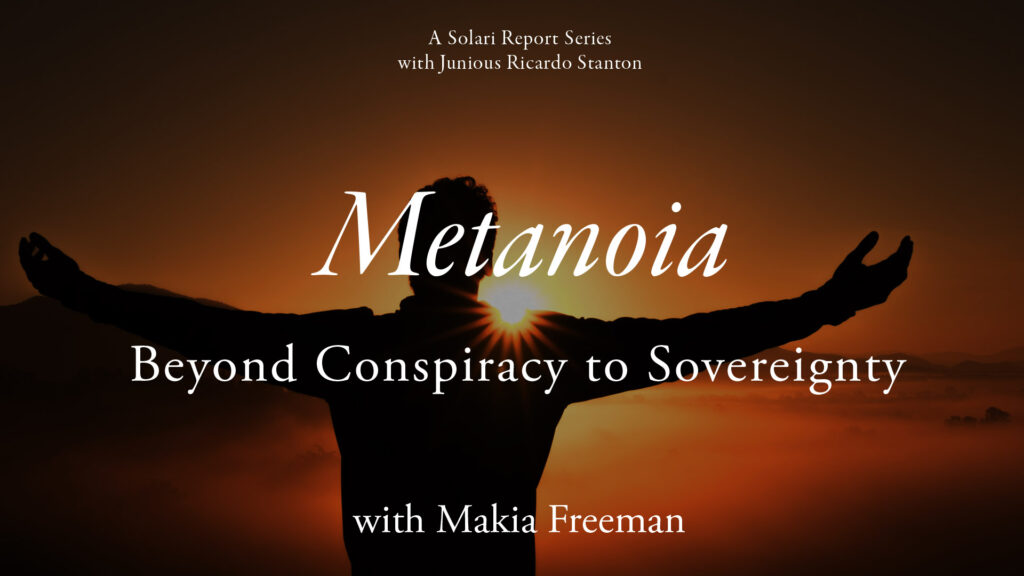
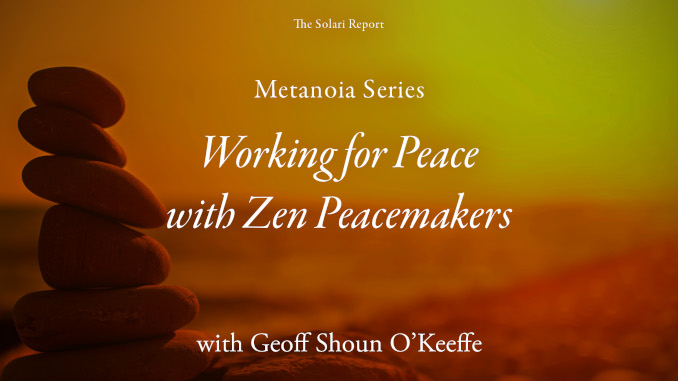



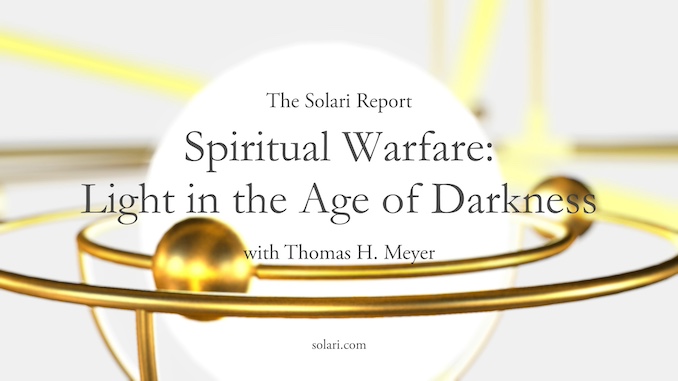

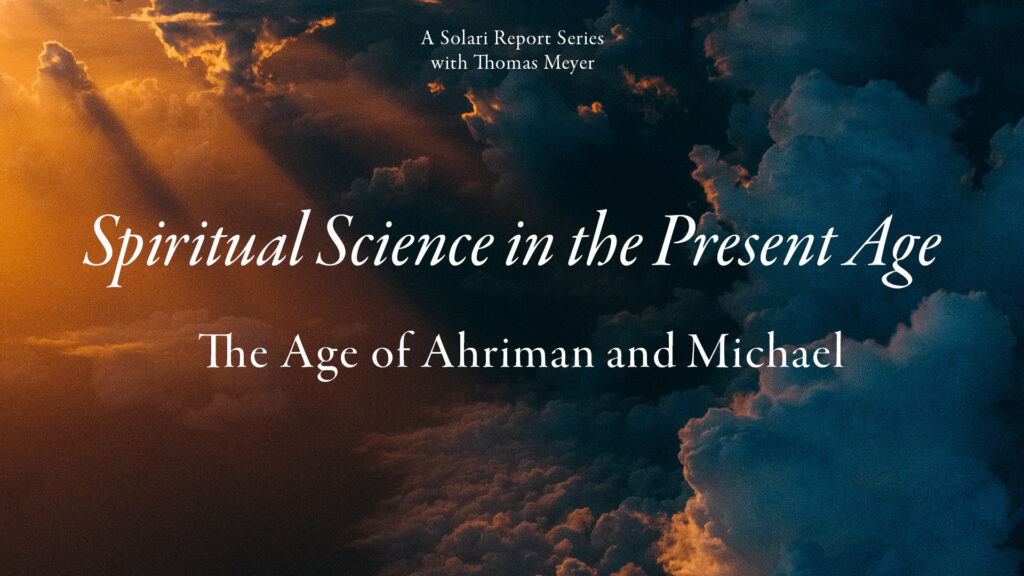
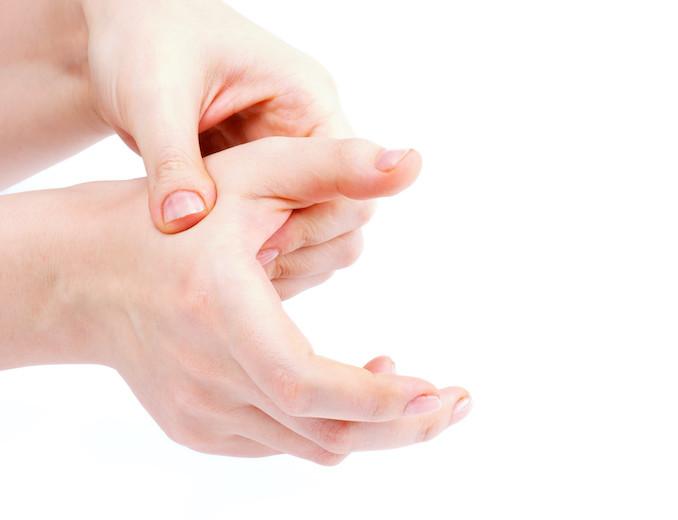
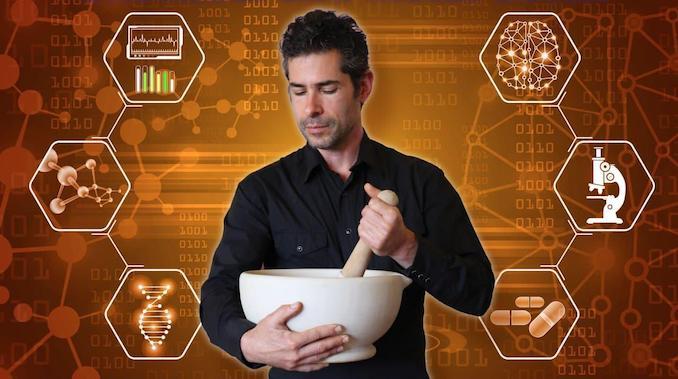
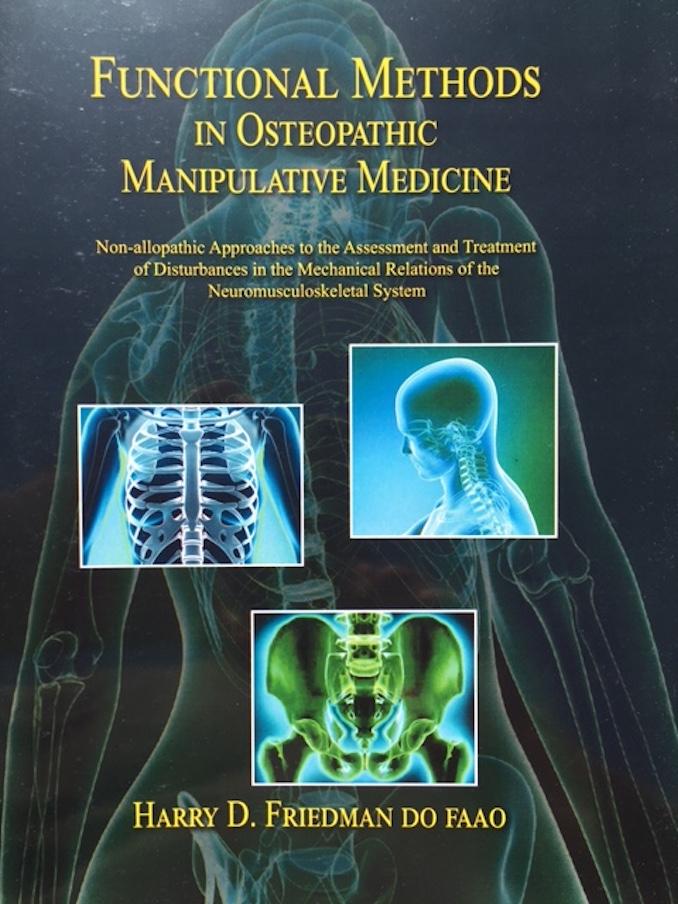






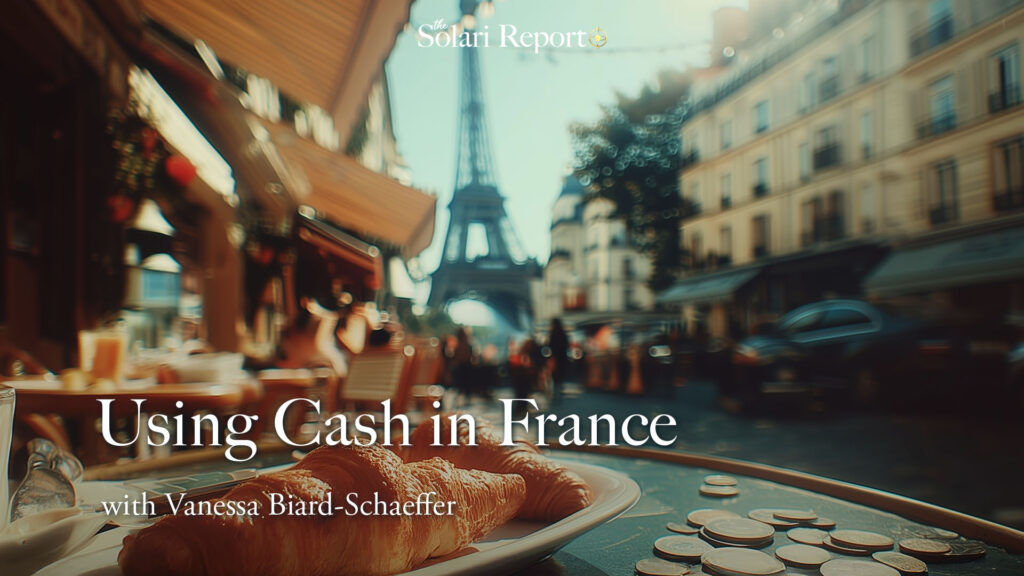

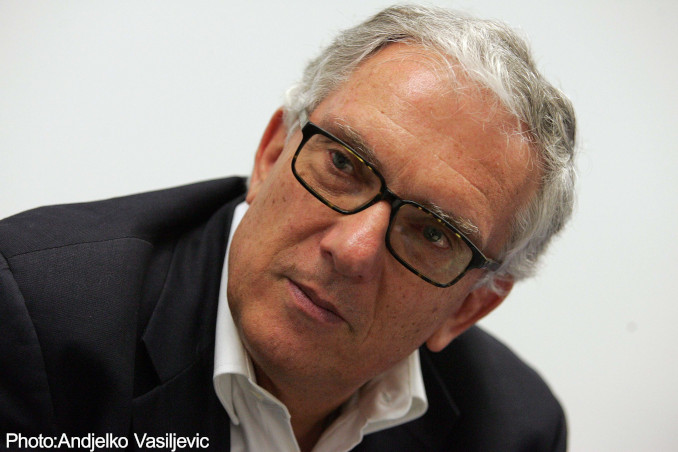
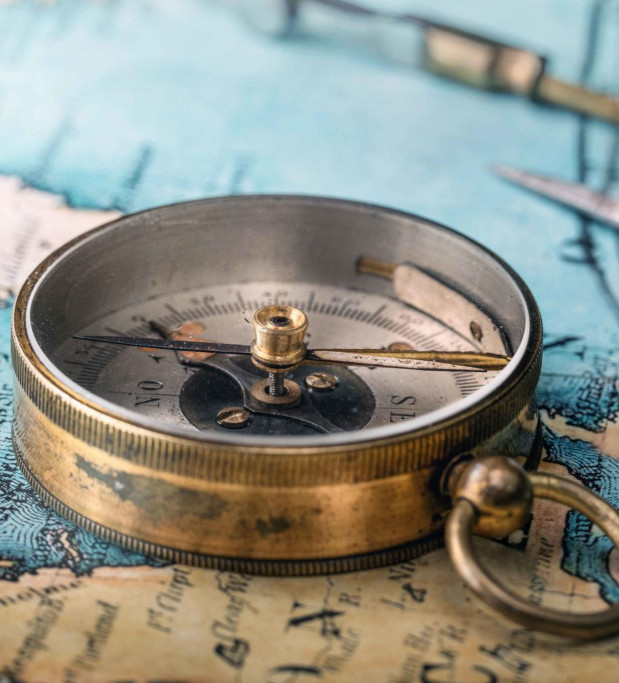


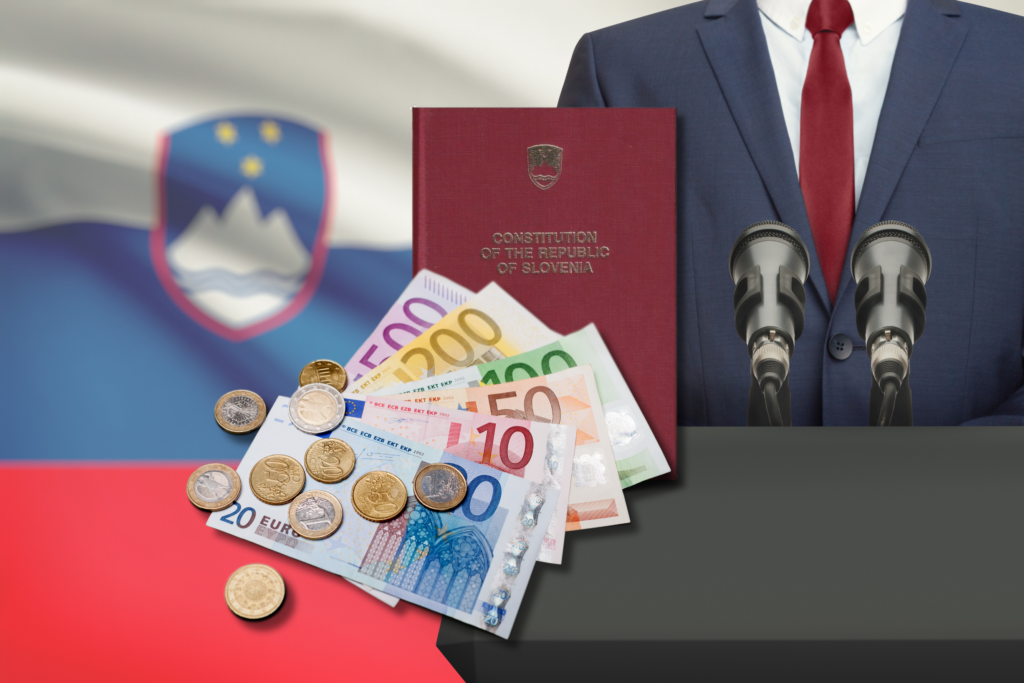
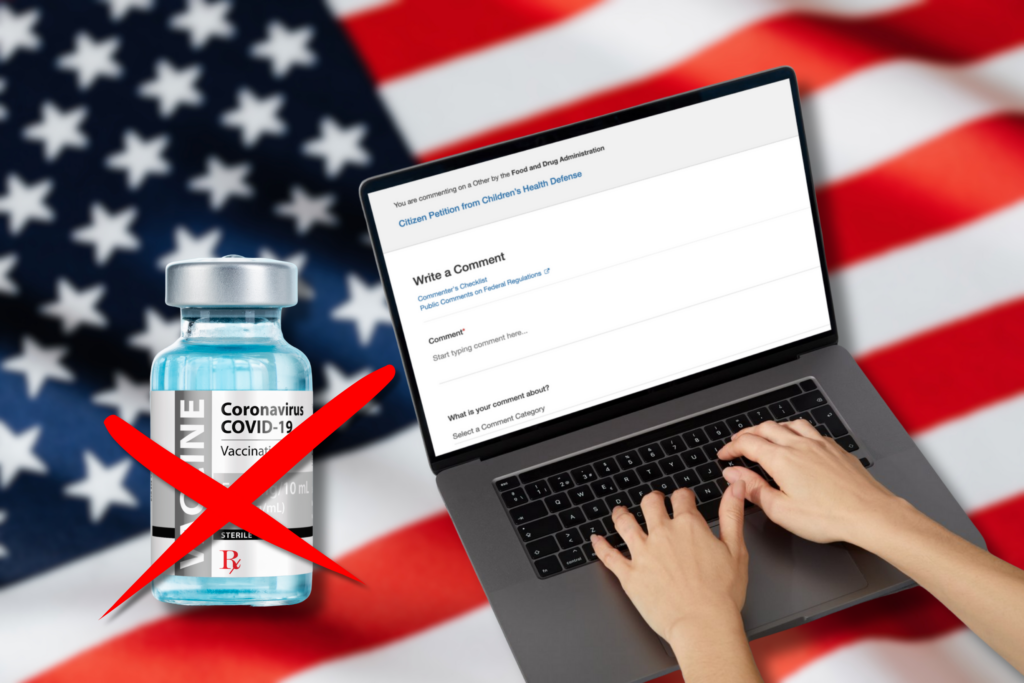





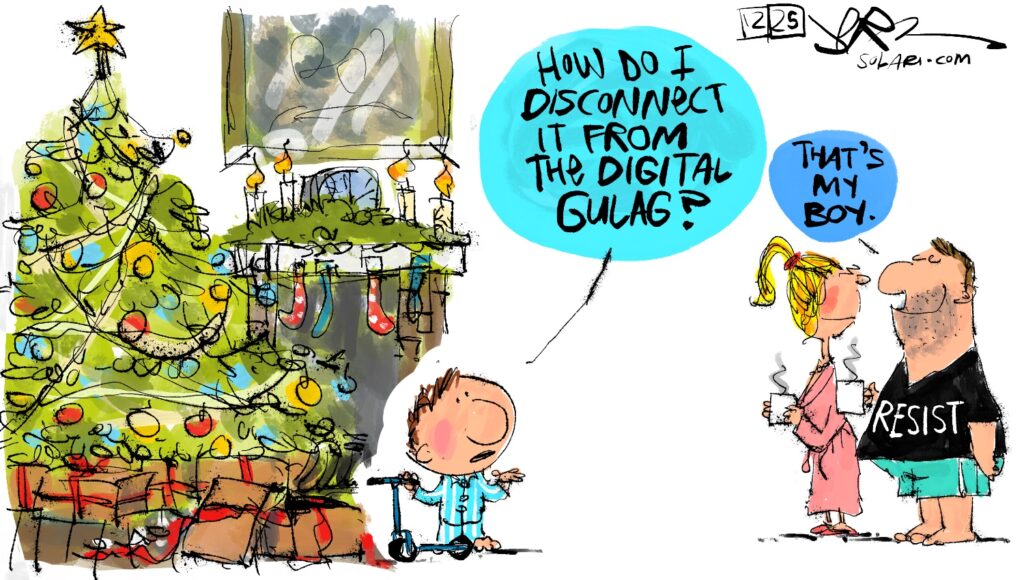
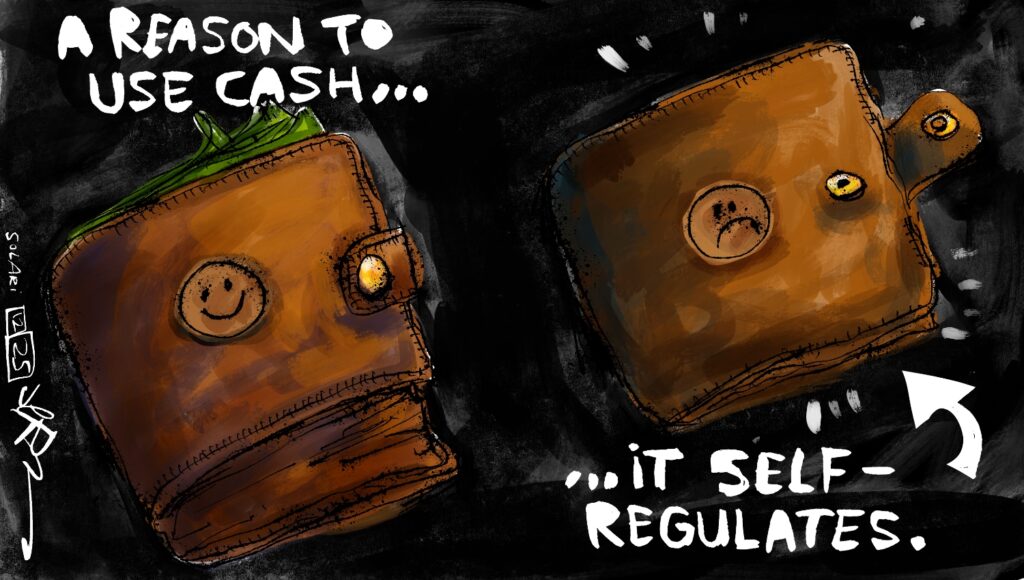
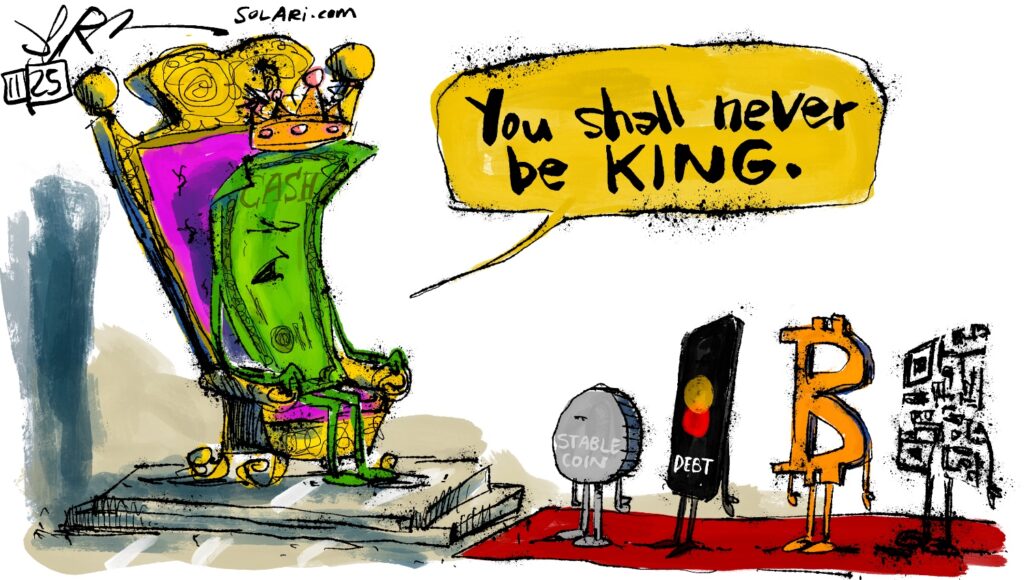
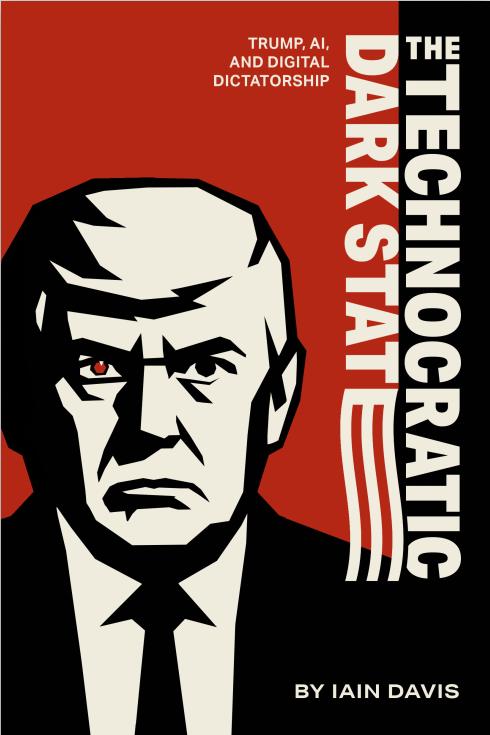


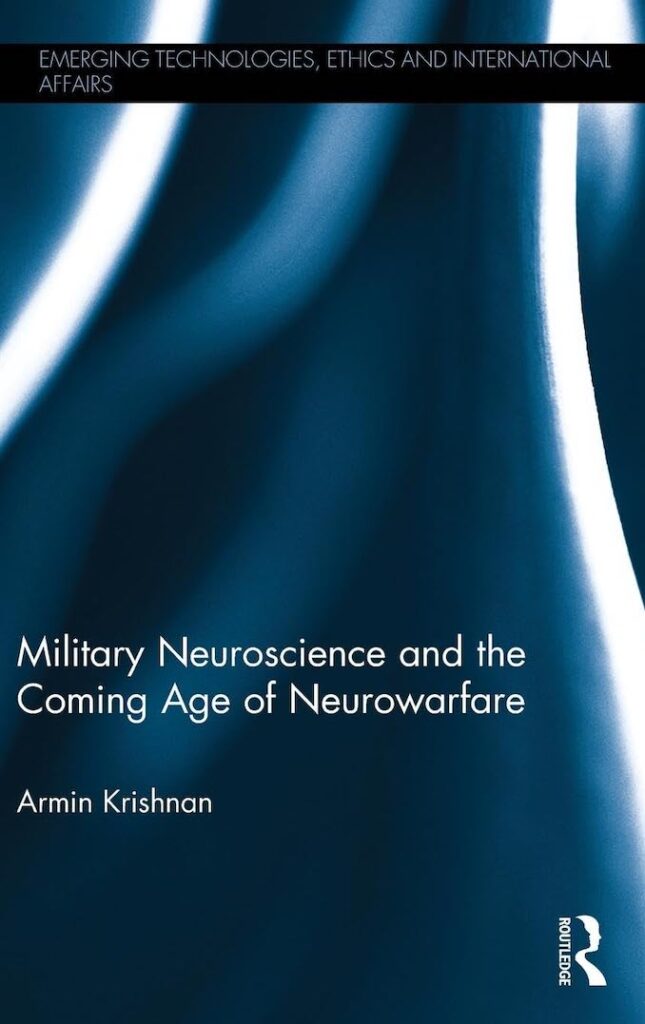











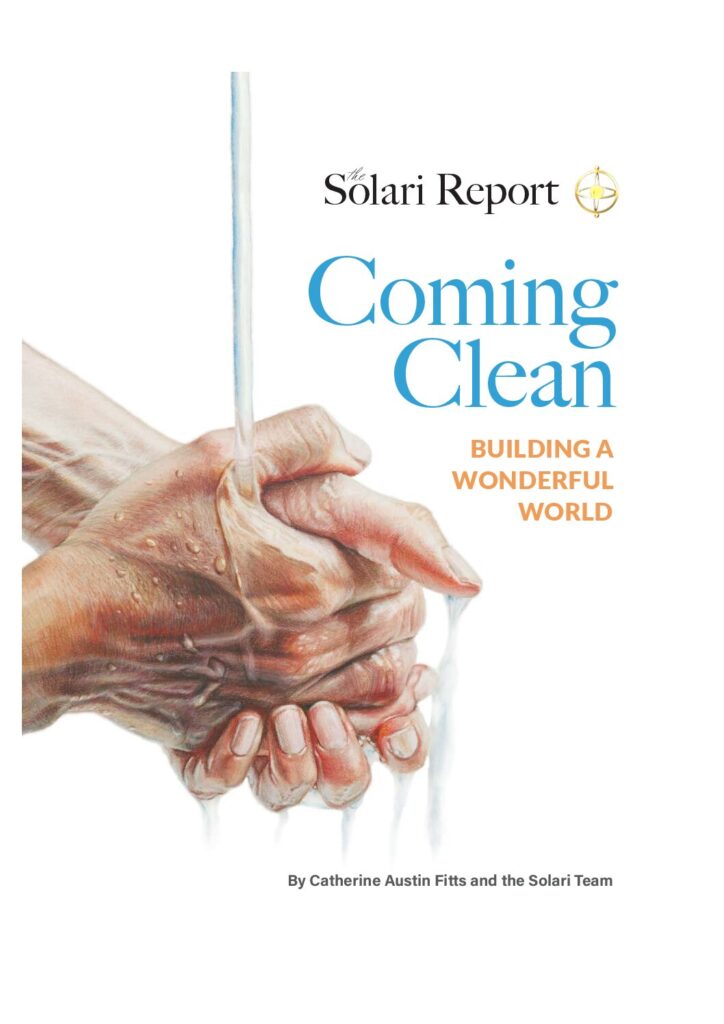

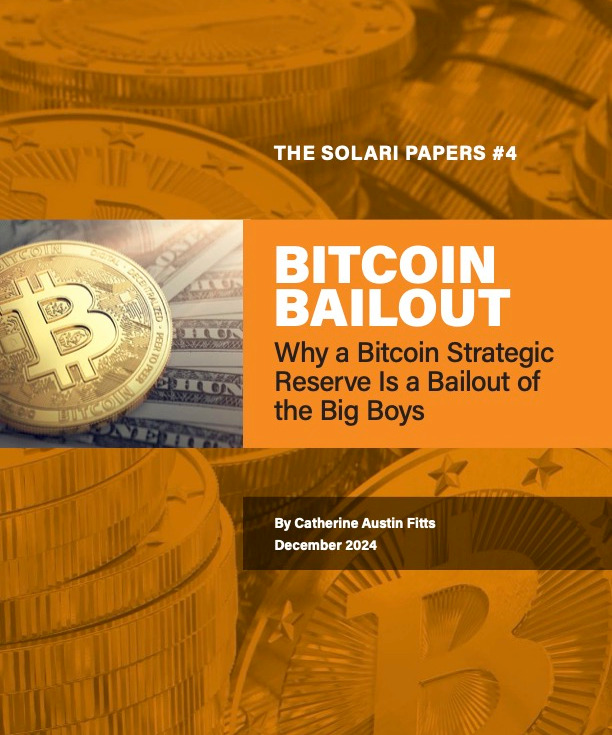
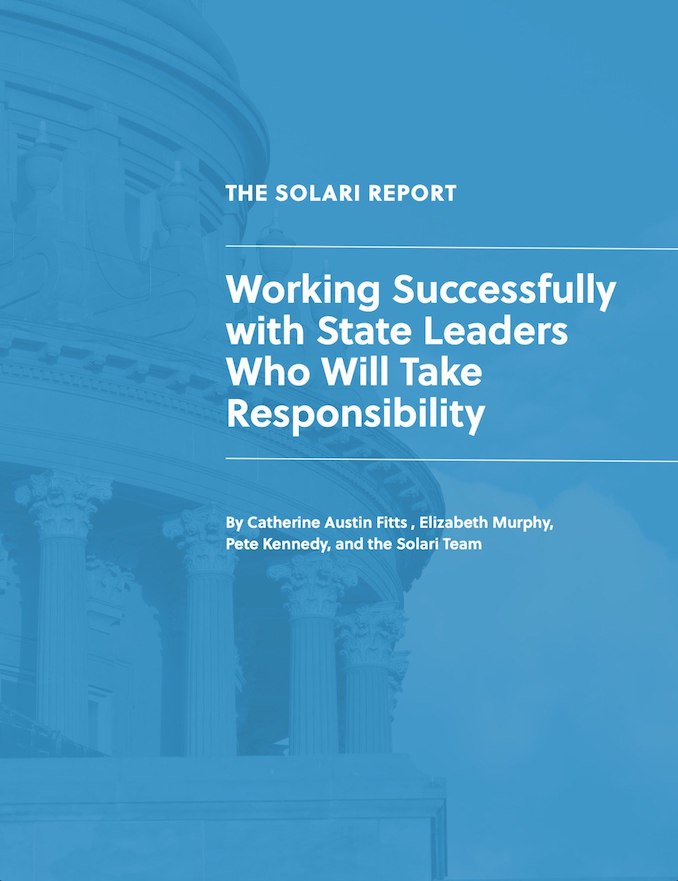


A few short notes on misstatements in the last two AC about Goldbacks. Goldbacks are considered coins, thought they are shaped as bills. They are not documents. There is no way to digitize them.
They contain actual easily-recoverable gold. The 50 Goldback contains 1/20th oz of gold, and each lower denomination contains gold in proportion to that, so the 1 Goldback is 1/1000 oz of gold. I don’t know of any other gold-containing medium of exchange that has very small quantities of gold in reliable measures. goldback.com
Having looked at one, I just don’t see how it will be practical to maintain a recoverable amount. So I am a skeptic.
Kevin – I have also wondered about the possible “recovery” of the gold in the goldbacks. I’ve looked at them, they are beautiful and sturdy, very creative idea but ultimately I have to agree that there usefulness is limited if the gold could never be recovered. Has that question been addressed?
The recovery process is mentioned on the manufacturer’s website: https://valaurum.com/aurum-homepage/aurum-recovery/
However, if you have Goldbacks and just want the gold, you would not want to recover it from these small-quantity items by destroying them. Rather you would sell them into the ready market (getting a good premium) and buy a larger piece with a low premium. For example, if you want an oz of pure 24k gold, you would not buy 20 1/20 oz Maple Leafs and melt them, but rather a 1 oz Maple Leaf or Buffalo.
Because the fractional amount of gold in these is minimal compared to other coins, the premium per oz is quite high (just like it’s high on other 1/20 oz items, for example).
Hi Catherine and John,
Since you referred in passing to the Steven Koonin Climate book “Unsettled – What climate science tells us, what it doesn’t, and why it matters”, here’s a quick review from my heavily marked-up tome. I read the book a couple of months ago, having seen it recommended by William Happer, (who produced some scientific papers / physics calculations showing that the warming effect of C02 was already virtually saturated. I.e. putting ten more layers of black paint on a house that’s already covered in 4 layers of black paint …) The book is certainly quite engaging and readable, and could well be useful to start to wake up certain types of person. However, I do have some issues with it.
The first issue is that straight up, whilst spouting stuff about scientists having to be impartial, he repeatedly trumpets Democratic Party allegiances. Announcing experience as a former undersecretary on the front cover is all good, but already on page 6 he has a quote about doing right and fair things – in the context of how it was right to impeach Trump! This goes right through the book to his final sentence: “As President Biden exhorted in his inaugural speech, “We must reject the culture in which facts are manipulated, or even manufactured””. So, I assume this is not a book which can be recommended to anyone with Republican Party alignments, (and Covid19 deniers and even Hiroshima deniers will also have to turn a blind eye ;-)). Why would an author want to unnecessarily alienate half their potential audience? By the end of chapter 1, my guess was that this is not a tome wedded to honestly confronting all truths, and would be some sort of limited hangout. I made a quick checklist of anomalies in the “generally agreed climate science”, to see how many he would dare to touch upon.
Despite my initial reservations, he certainly does make some strong points. e.g. “Anyone referring to a scientist with the pejoratives “denier” or “alarmist” is engaging in politics or propaganda. And using the term “climate change” without distinguishing between natural and human causes, signals a (perhaps deliberate) sloppiness in thinking”. (Well, that’s the UN + IPCC pretty much written off !!! Although he doesn’t then say that.) Similarly “An appeal to the alleged “97 percent consensus” among scientists is another red flag”. Perhaps the best quote he offers up is from H.L.Menecken’s 1918 book In Defence of Women: “The whole aim of practical politics is to keep the populace alarmed (and hence clamorous to be led to safety) by menacing it with and endless series of hobgoblins, most of them imaginary”. So, it seems that Koonin is a guy who “knows”, and assuming he’s not suffering cognitive dissonance, it’s just a question of how much he’s going to tell us.
On the “hard science” side of things he elucidates many technical terms, which is really useful for someone getting into the subject. He debunks sea-level scares, shows that rainfall, floods, fires droughts are NOT indicators of climate catastrophe, shows that CO2 levels were vastly higher in the past, etc. John will be glad to know he explicitly takes down one of Mark Carney’s utterances. He also addresses in some detail the abject failure of climate models, and the fact that the UN have defined climate change as being that change “which is attributed directly or indirectly to human activity…”, (so from the outset one should be suspicious, since the sun is ignored) Best of all, he does actually talk about equilibrium climate sensitivity. To quote: “In other words, the researchers tuned their model to make its sensitivity to greenhouse gasses what they thought it should be. Talk about cooking the books.”
What I don’t think he addresses is the how the IPCC was set up (to fail), how its reports are actually compiled and massaged. Perhaps the fundamental flaw with the whole book is that it doesn’t mention that fundamental (temperature) data has been tampered with (which was exposed in the “climate gate” scandal). Is this the climate equivalent of “look-out, there’s a deadly virus about”? i.e. Control of the official, approved temperature record is the key to controlling the narrative in the future. More honest sources would seem to be James Corbett and/or Tony Heller, (although I’d be happy to know if there are problems with these). By halfway through the book, I was guessing that Koonin has been sent out in front of the pack to control the narrative, because the fundamental story (CO2 bad, humans must stop breathing) is gradually falling to pieces.
Despite my gripes, by chapter 4, Koonin’s done a pretty good job of exploding the alarmist narrative, but then he segues to talking about how we could meet COP climate targets!
Towards the end of the book, he writes: “… I’ve been dismayed … first by the willingness of some climate scientists – abetted by the media and politicians – to misrepresent what the science says, and then by the many other scientist who are silent complicit in their misrepresentations. The public deserves better. By demonstrably misinforming non-experts about what we know and don’t know about the changing climate, they deny government, industry and individuals the right to make fully informed decisions about how to respond”.
So, yeah, he sort of addresses the problems, but damn those pesky scientists for tricking the poor government people. Echos of Desmet/Malone?
Hope this is useful, Nick
Read it when it first came out. It’s been suppressed.
33:25) Do you think the naked shorts are driving down the prices so the Fed can buy the market?
Thanks Catherine and John. The first penny dropping and previous reference to a Military Grade SyOps are consistent with my awaking into what the hell is going on?
The list can be increased and more detail provided. How do they get people to do that? Break their knee caps, intimidation, threats, murder, control files, bags of money, lying (Attila the Hun didn’t lie; he thought it was a sign of weakness. Truly powerful people don’t need to lie.), and Military Grade SyOps, a powerful control tool, or just an accident???
Excellent point
Highly recommended https://emanuelprez.substack.com/p/imagine-a-world-without-smartphones
Catherine,
Following up on my original thought, how do they implement takeovers? They have been very successful at putting the full force of their power and money on one government, one corporation, one company, one organization, or one individual at a time. These attacks are very difficult or even impossible for one entity to resist. However, if people stand united, the evil can be defeated. Remember they are weak and not that powerful, if they have to lie and deceive.
I agree with Emanuel Pastreich (Imagine a world without smartphones) on iphones. I never had an iphone or smartphone. I have a flip phone that cost less than $100 to purchase and less than $30 per month for service. The reasons for not owning a smartphone are:
Catherine thanks for what you do.
Exploring the Risks of Central Bank Digital Currency
The Cato Institute
https://www.youtube.com/watch?v=fpMuriR458M
10-minute comment led off by Republican Congressman Majority Whip Tom Emmer representing Minnesota’s 6th District. Joined Congress Jan 15, 2023. Member of House Financial Services Committee and serving on Digital Assets & Capitol Markets Subcommittees.
Never Trust the CATO Institute
https://www.currentaffairs.org/2018/10/never-trust-the-cato-institute
The fall of SVB Bank this week is case in point for John Titus’ most recent video…catch the last paragraph:
“SVB’s institutional challenges reflect a larger and more widespread systemic issue: The banking industry is sitting on a ton of low-yielding assets that, thanks to the last year of rate increases, are now far underwater — and sinking,” wrote Konrad Alt, co-founder of Klaros Group.”… You nailed it JT!
https://www.cnn.com/2023/03/10/investing/svb-bank/index.html
Cathleen- About a year ago before the Fed stopped QE and addition of MBS to its balance sheet, et al, Dr. Alex Pollack made the same point about the Fed itself. It too does not have to “mark to market” (and banks were relieved of this requirement due to GFC in 2008). The “difference” between the regulator (Fed/OCC) and the regulated (banks, credit union) is that the latter has to adjust its balance sheet and shed low-rate debt in a rising rate market to remain profitable at the new cost of funds. Anyway, the Fed does NOT have to deal with its own quandary of being the modern day equivalent of late-80’s S & L’s that led to FIIREA & the RTC liquidation. They can carry the losses forward indefinitely? Let losers roll off at maturity decades away (or?).
https://www.youtube.com/watch?v=bbptwRjLat0&t=1353s
Thanks for the video Scott and moreover for the clarification on the technicality which allows the Fed to propagate its own quandary.
This is a follow up to the A.G.’s information on the HB 1193.
I called a local precinct chair for the on the ground information and later that night she forwarded me these links of the signed veto. This success was a very active and focused effort by the citizens of the state using the daily phone calls, emails and letters to the governor’s office.
I also learned that there is a strong effort to collect petition signatures for allowing full term abortions in the state. As I understand this next issue it isn’t a bill as of yet but these out of state petition gathers are canvassing the state. There is a S.D. state law requiring petition gatherers to be state residents otherwise the signatures are void. However when residents ask and learn that these are non-resident paid petition gathers they have to call the police or sheriff who aren’t always able to respond quickly to confiscate the petitions. It seems higher crime has also been imported to the state along with Amazon warehouses and deliveries.
https://news.sd.gov/news?id=news_kb_article_view&sys_id=1d1a38781b21a15031b1ebdbac4bcbbf
file:///var/mobile/Library/SMS/Attachments/3f/15/0B433EC9-FE67-4B78-8A9F-C9A542C9D3EE/Image-1.heic
Thanks. Her letter includes this procedural note:
Noem “Same bill coming to 20 other States.”
<https://www.youtube.com/watch?v=WVfRzWlmiXg>
Thanks for posting Catherine. (Would have missed this, with no TV :)…….she hit a home run for sure. Will share far & wide!